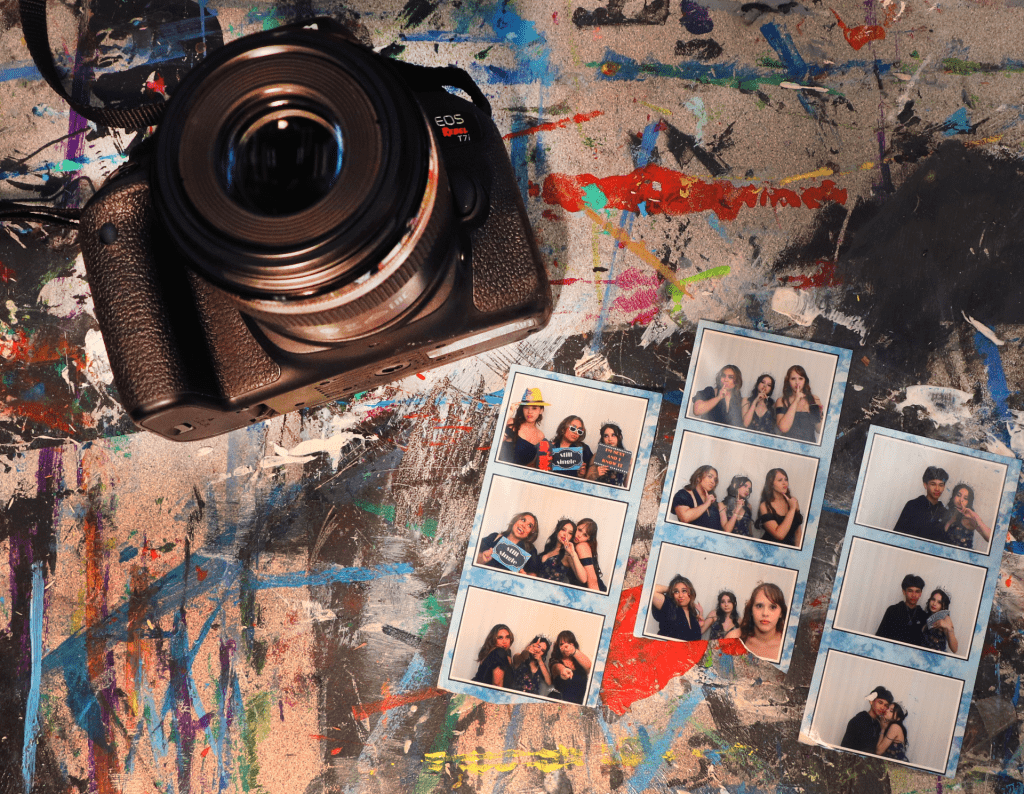
I like this picture by Emily Blincoe because it’s very appealing and a pretty picture of flowers.

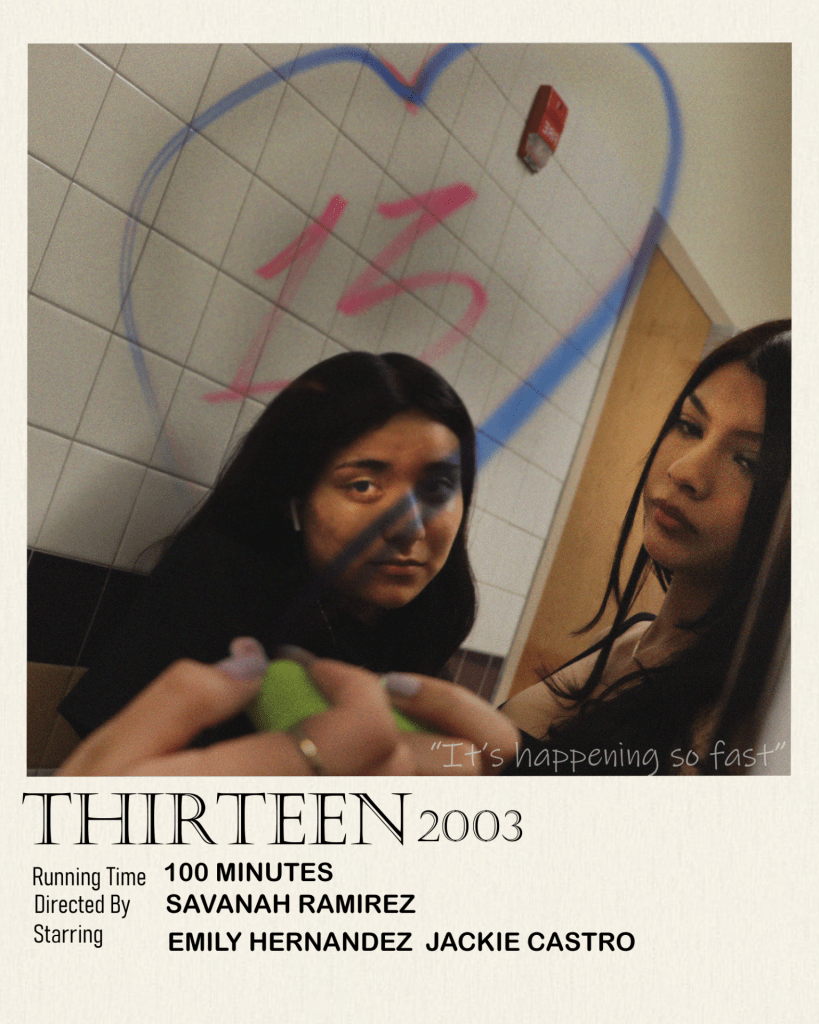
The movie Thirteen portrayed the struggles of identity, peer pressure, self-destructive behavior, and parental relationships. The two main characters Evie and Tracy struggled with finding their identity and peer pressure, along with a very complicated and strain relationship with their families. Tracy’s life spirals out of control, and she begins to experiment with drugs, shoplifting, and risky behavior. The movie is a powerful and intense film that sheds light on the challenges many teenagers face during their teenage years. I relate to this situation, which is why I chose to create a movie poster inspired by Thirteen, it helps spread awareness and shows the reality of what most teens silently struggle with both physically and mentally. Reflecting on the film can be a great way to gain insight and understanding on dangerous situations. You can think about how the character’s experiences are connected to your own life, considering the themes are identity, peer pressure, self-destructive behavior, and family dynamics. As an outsider watching the film, Thirteen accurately portrays the struggles in a teenager’s mind, even if it’s the perspective of just one teen girl, most teens struggle with finding their identity and what their comfortable with which is more important.
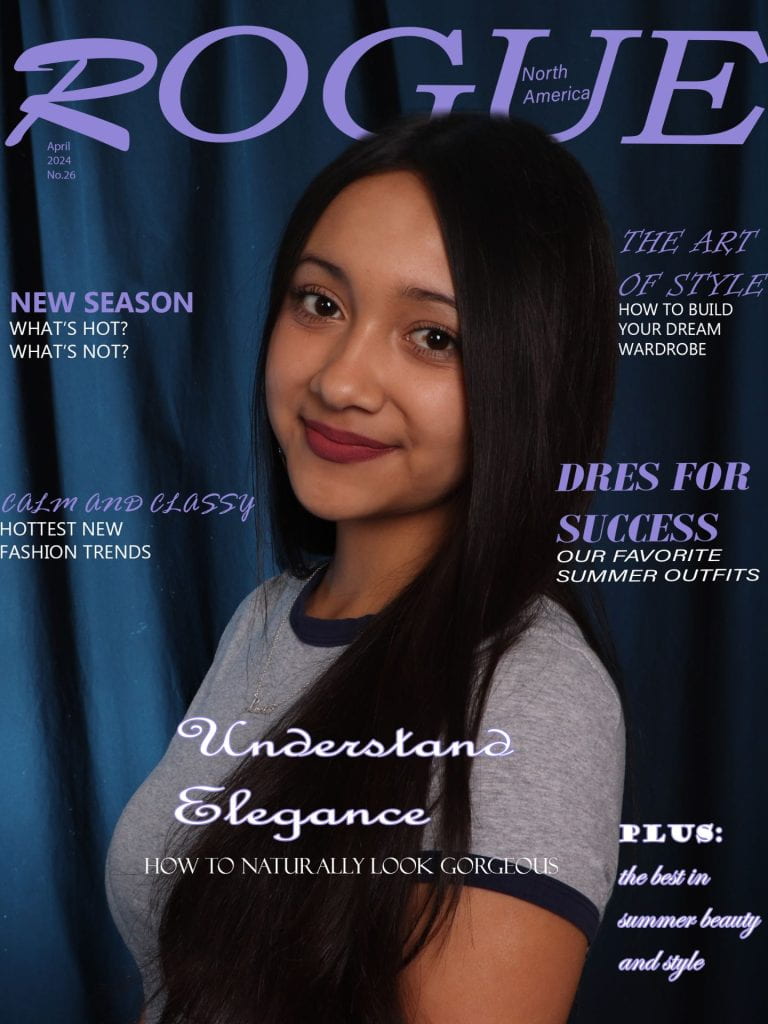
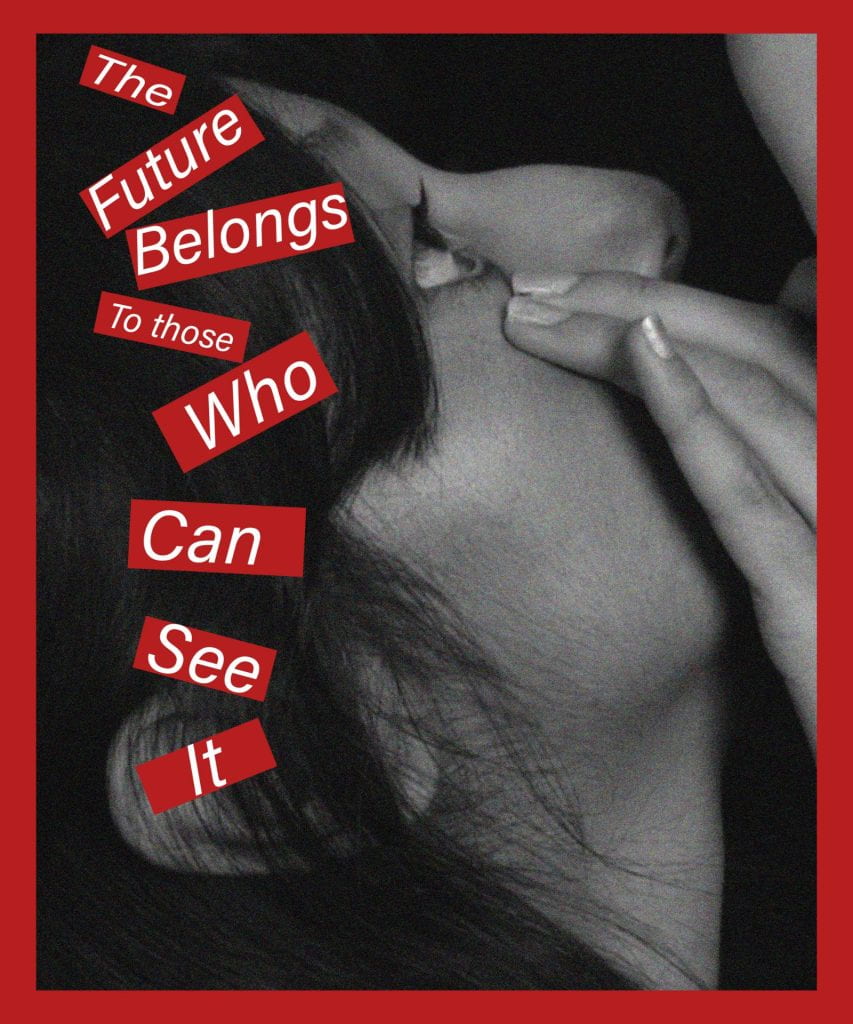
As the photographer using inspiration from another photographer’s style, I would assume the viewers would feel some type of truth, you cannot hide from the future nor can you stop it. The most you can do for your future is set it up, find a career path, be on the right road of life and just cherish the moments you have rather then being caught in the past and grieving over things that cannot be change.
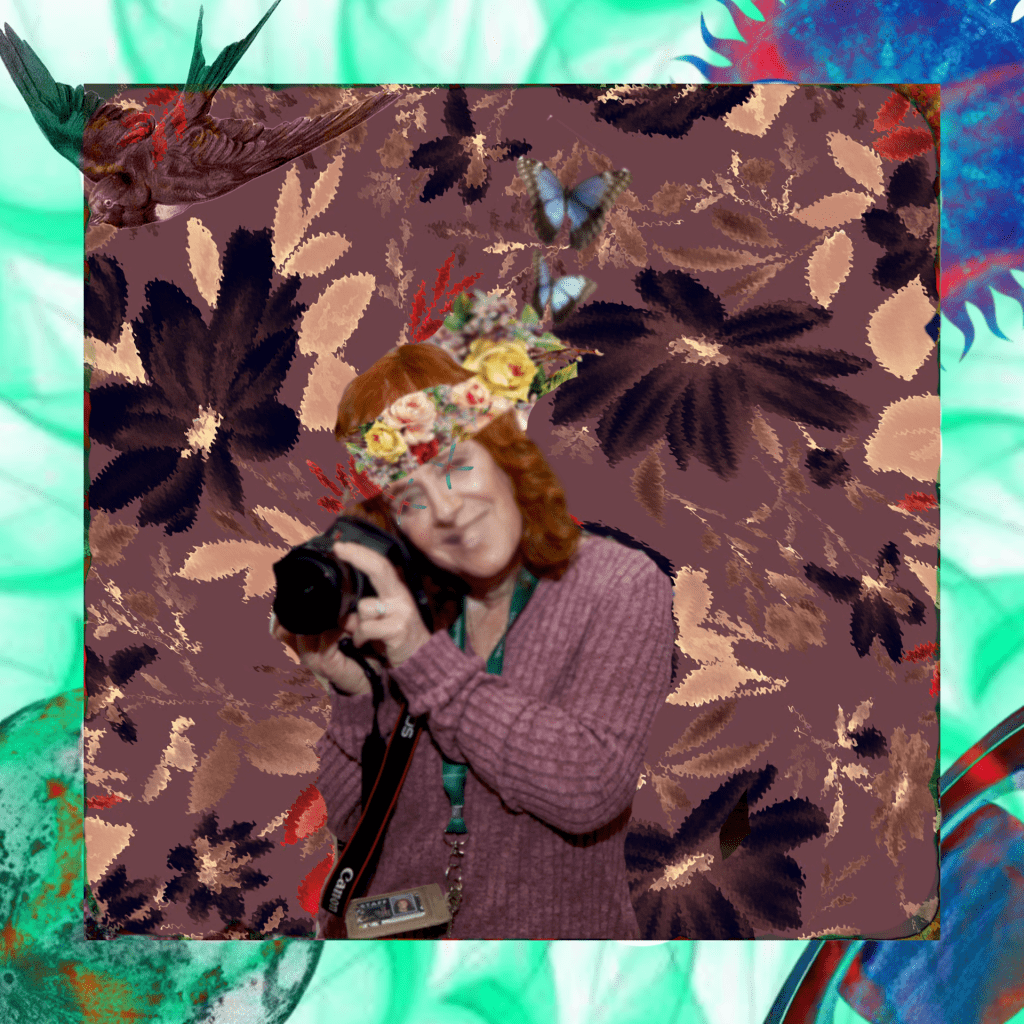
Hi, future photo student, this elective is an academic and hands-on class. It can have its pros and cons but overall, the class is very enjoyable. Ms. Cauchon makes it very fun and easy. The assignments are pretty easy, the most you’ll struggle with is getting to know the camera and how it works, but other than that, the class is fun and easy. Each week, you have 3 to 4 assignments to complete throughout the week so you should have something to do almost each day. Ms. Cauchon is also laid back, don’t take advantage of that.
The assignments are pretty fun too, but honestly, there are some assignments that will be better than others. I loved doing Black and White photography, and really just anything with a camera. II enjoyed the ones where it was only in Photoshop, but it wasn’t as fun when youre not taking the pictures. That is just a personal opinion.
Another thing you learn is to run your own blogsite. It was all right. It was not the greatest thing, it was pretty boring, but you had to set it up to get graded for all your assignments. After the first two weeks of the class, everything becomes very easy to go through and is only the place where you just upload your assignments. It sounded hard and confusing to me on the first day, but it got easier, and I was able to get used to it.
With going in the assignments, you need to collaborate with other students. If you do not, then some assignments will not come out good. It is good to have friends in the class as you can help each other in assignments. I would just use my friends i have in this class as subjects in my photography since I’m not that social.
Overall, I will recommend this class to every student if they enjoy the arts and creativity of the world and want a different way of expressing themselves or just having fun than just a plain art class. It is an excellent class and teaches you a lot of skills that could be useful in understanding photography whether if it is with your phone or a high-end camera. To the next year’s photo students, have fun enjoy the class while you’re in it, it’s worth it.
Savanah Ramirez
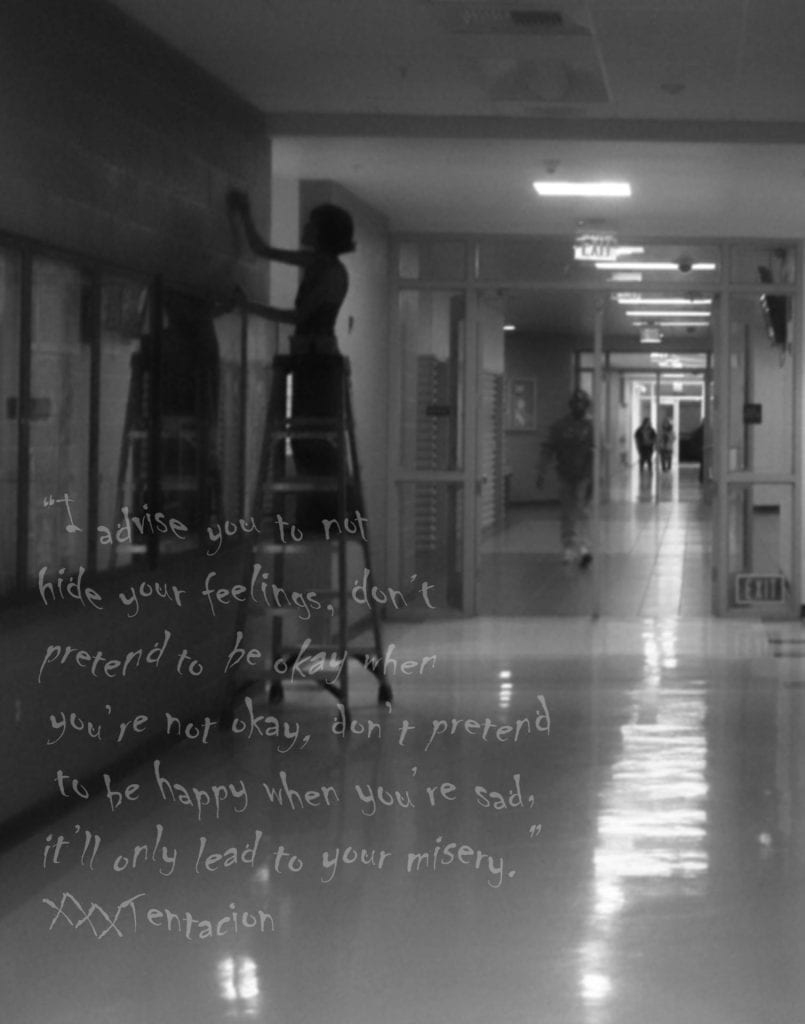

This image is like a loophole. You don’t know what’s going on but it still looks cool.
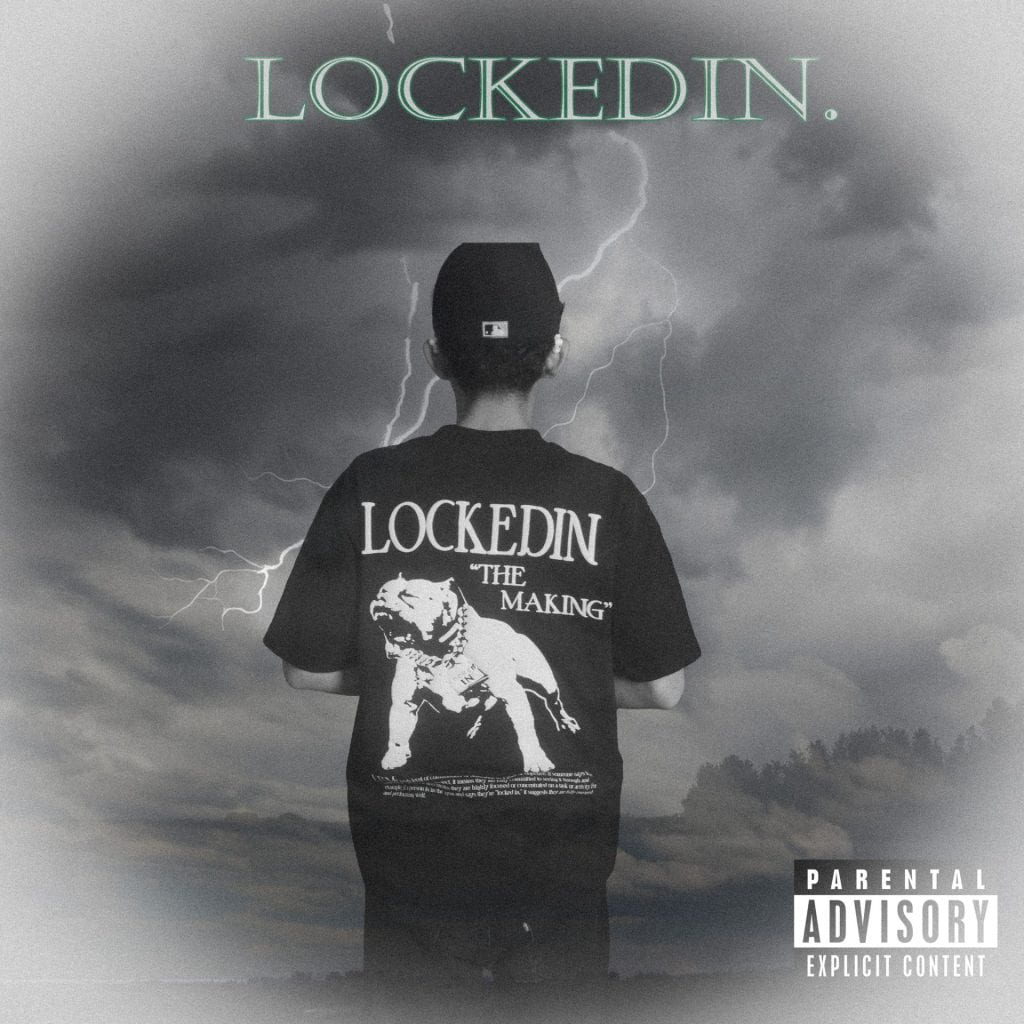
Brand- Nikon Z8 Mirrorless camera
cost- $3,696.95